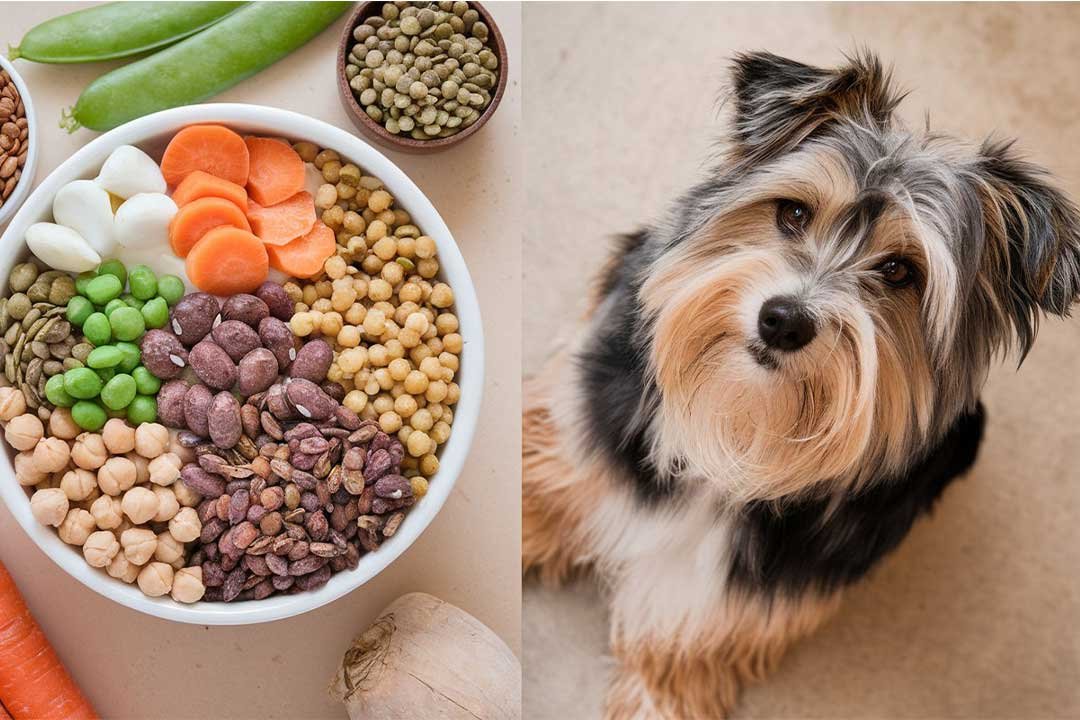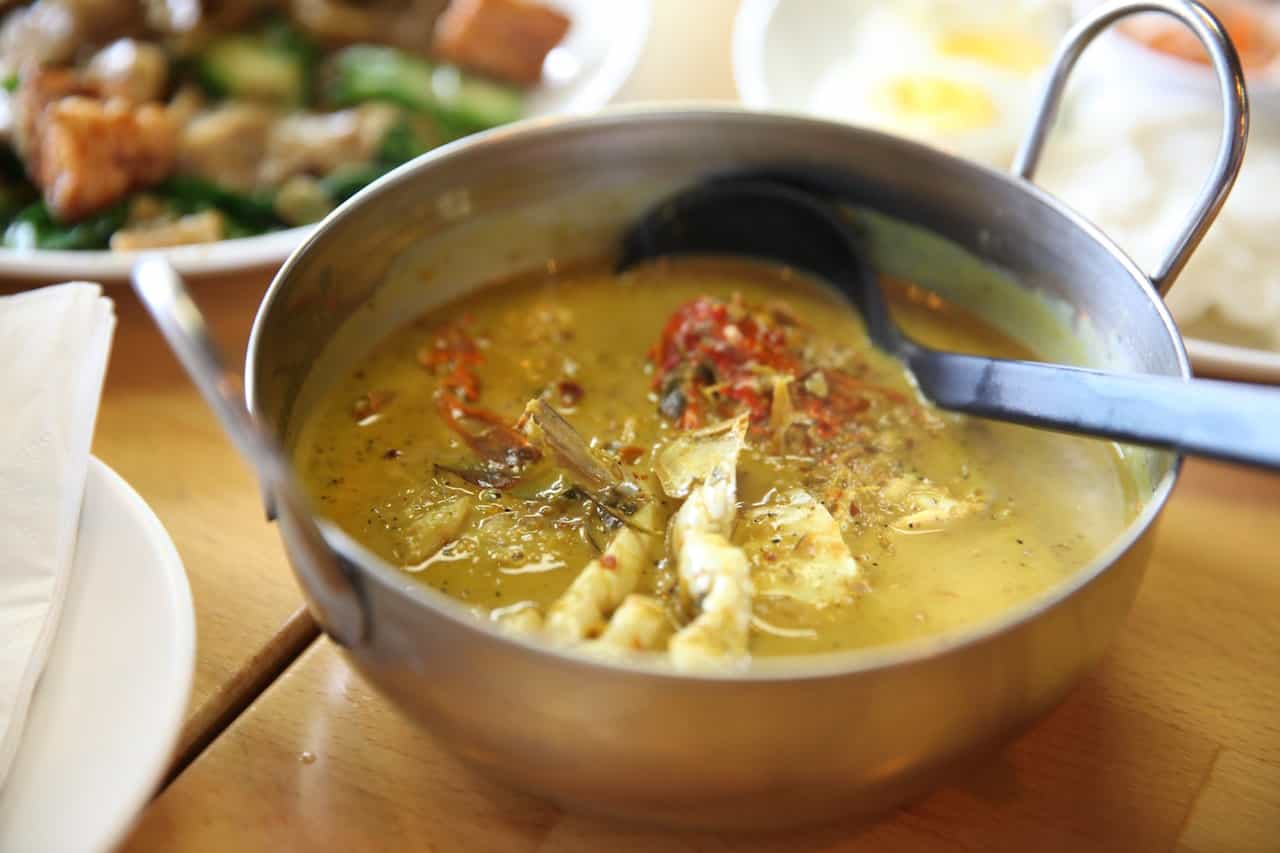Mixing Different Types of Dog Food
It is generally safe mixing different types of dog food, Make sure that dog food meet their nutritional needs. Mixing different types of Purina dog food can provide your dog with a varied diet and can be a good way to introduce new flavors and textures.
It is important for transition to a new food gradually, especially if your dog avoid eating a variety of foods. This can help to prevent digestive issues such as vomiting or diarrhea.
To transition to a new food, you can gradually mix in the new food with the old food for several days, gradually increasing the quantity of the new food and decreasing the quantity of the old food.
It is also important to ensure that the products you are mixing meet your dog’s nutritional needs. Different types of dog food may have different nutrient profiles,
and it is important to choose a food that is appropriate for your dog’s age, size, and health status. If you are still determining the best type of food for your dog, you should consult your veterinarian for guidance.

Transitional effects of mixing dog food for your dog
The transition of your dog to a new type of food can have a variety of effects on your dog, depending on the types of food you are switching to and your dog’s characteristics.
Some possible effects of mixing different types of dog food may include
Digestive issues caused by mixing of another dog food
Transitioning to a new type of food can sometimes cause digestive issues such as vomiting or diarrhea, especially if your dog is not used to eating a variety of foods.
These issues are usually temporary and can be relieved by reducing the amount of the new food and increasing the amount of the old food until your dog’s digestive system adjusts to that new food.
Changes in stool consistency due to different mixed food
Transitioning to a new type of food can also cause changes in your dog’s stool consistency. This is typically due to the new food’s different fiber and nutrient content. Again, these changes are usually temporary and should resolve as your dog’s digestive system adjusts to the new food.
Changes in appetite due to mixed food
Some dogs may experience changes in appetite when transitioning to a new type of food. This can be due to the different flavors and aromas of the new food, or it may be a result of digestive issues. If your dog’s appetite decreases significantly, you should consult your veterinarian for guidance.
transitioning to a new type of dog food can have a variety of effects on your dog, but most of these effects are temporary and can be managed by transitioning gradually and monitoring your dog’s reaction to the new food.
Digestive issues:
Transitioning to a new type of food Mixing different types of dog food can sometimes cause digestive issues for your dog, especially if the dog is not habitual of eating a variety of foods.
Digestive issues can include vomiting, diarrhea, or constipation, and can be caused by a variety of factors, including:
Differences in nutrient content:
Different types of dog food may have different nutrient profiles, and switching to a food with a significantly different nutrient content can cause digestive issues.
Differences in fiber content:
The fiber content of different types of dog food can vary significantly, and switching to a food with higher or lower fiber content can cause digestive issues.
Differences in ingredients:
Different types of dog food may contain different ingredients, and switching to a food which include the ingredients that your dog is not familiar with can cause digestive issues.
Transitioning too quickly:
Transitioning to a new type of food too quickly can also cause digestive issues, as your dog’s digestive system may not have had time to adjust to the new food.
To prevent digestive issues when mixing different types of dog food,
it is important to transition gradually, gradually increasing the amount of the new food while decreasing the amount of the old food gradually.
It is also important to choose a food that is appropriate for your dog’s age, size, and health status, and to consult your veterinarian for guidance if you have any concerns.
Changes in stool consistency:
Transitioning to a new type of food can also cause changes in your dog’s stool consistency. Mixing different types of dog food can cause changes in your dog’s stool consistency. This is typically due to the new foods
Different fiber and Nutrient Content.
Fiber is an important component of a healthy diet for dogs, as it helps to regulate bowel movements and prevent constipation.
Different types of dog food may contain different amounts of fiber, and switching to a food with higher or lower fiber content can cause changes in your dog’s stool consistency.
Different Nutrient Profiles
Similarly, different types of dog food may have different nutrient profiles, and switching to a food with a significantly different nutrient content can also cause changes in your dog’s stool consistency. If you notice changes in your dog’s stool consistency after switching to a new type of food,
it is usually not a cause for concern. These changes are typically temporary and should resolve as your dog’s digestive system adjusts to the new food. However, if you notice any persistent changes or if your dog has diarrhea or constipation, you should consult your veterinarian for guidance.
Changes in appetite:

variety of factors
Mixing different types of dog food can sometimes cause changes in your dog’s appetite. This can be due to a variety of factors, including differences in flavor and aroma, differences in nutrient content, differences in ingredients, and digestive issues.
- If you notice changes in your dog’s appetite after switching to a new type of food, it is important to pay attention to your dog’s overall health and behavior.
- If your dog’s appetite decreases significantly or if you notice any other changes in your dog’s behavior, you should consult your veterinarian for guidance.
- To prevent changes in appetite when mixing different types of dog food, it is important to transition gradually, gradually increasing the amount of the new food while decreasing the amount of the old food for several days.
Appropriate Food
It is also important to choose a food that is appropriate for your dog’s age, size, and health status, and to consult your veterinarian for guidance if you have any concerns.
If your dog diet is well balance and meet the nutritional needs it mean you are properly managing and transition to a new type of food is satisfactory.
Changes in Appetite
Several factors can contribute to changes in appetite when mixing different types of dog food:
- Differences in flavor and aroma: Different types of dog food may have different flavors and aromas, and switching to food with a different flavor or aroma can affect your dog’s appetite.
- Differences in nutrient content: Different types of dog food may have different nutrient profiles, and switching to a food with a significantly different nutrient content can affect your dog’s appetite.
- Differences in ingredients: Different types of dog food may contain different ingredients, and switching to food with ingredients that your dog is not used to can affect your dog’s appetite.
- Digestive issues: Transitioning to a new type of food too quickly or choosing a food that is not appropriate for your dog’s age, size, or health status can cause digestive issues such as vomiting or diarrhea, which can affect your dog’s appetite.
Changes in your dog’s routine or environment, or underlying health issues, may also cause changes in appetite when switching to a new food.
If your dog’s appetite changes after switching to a new type of food, you should monitor your dog’s overall health and behavior and consult your veterinarian if you have any concerns.
Transitioning to a new type of dog food can have a variety of effects on your dog, but most of these effects are temporary and can be managed by transitioning gradually and monitoring your dog’s reaction to the new food.




